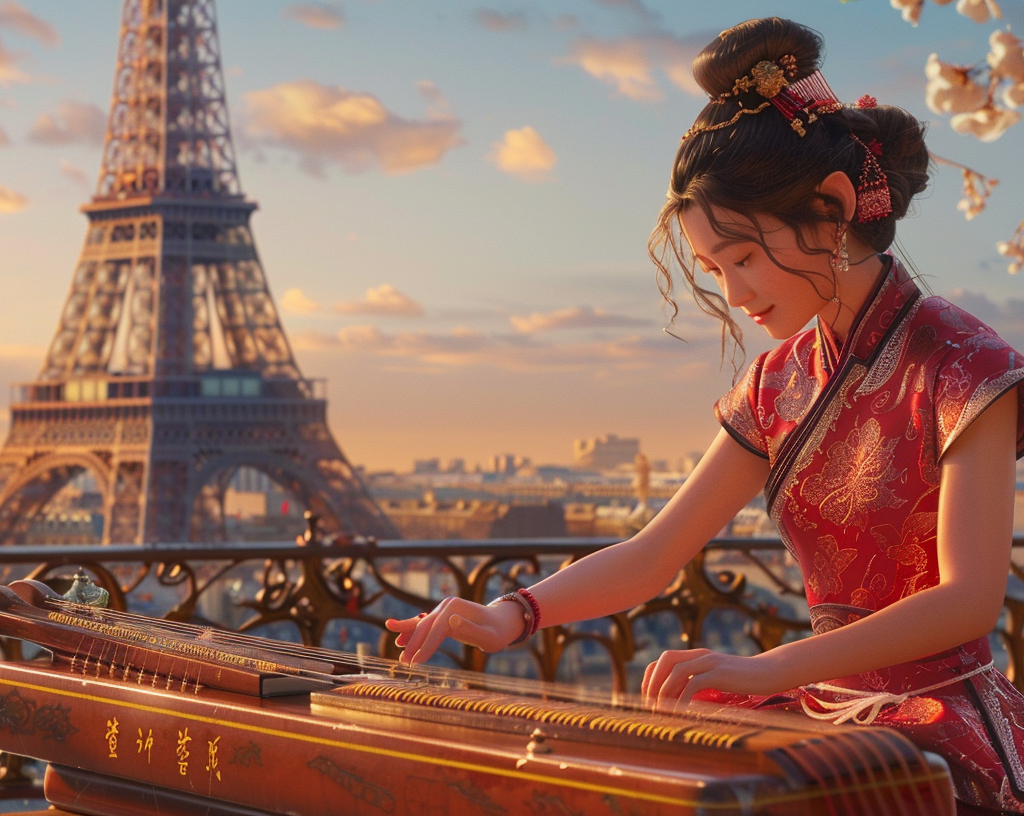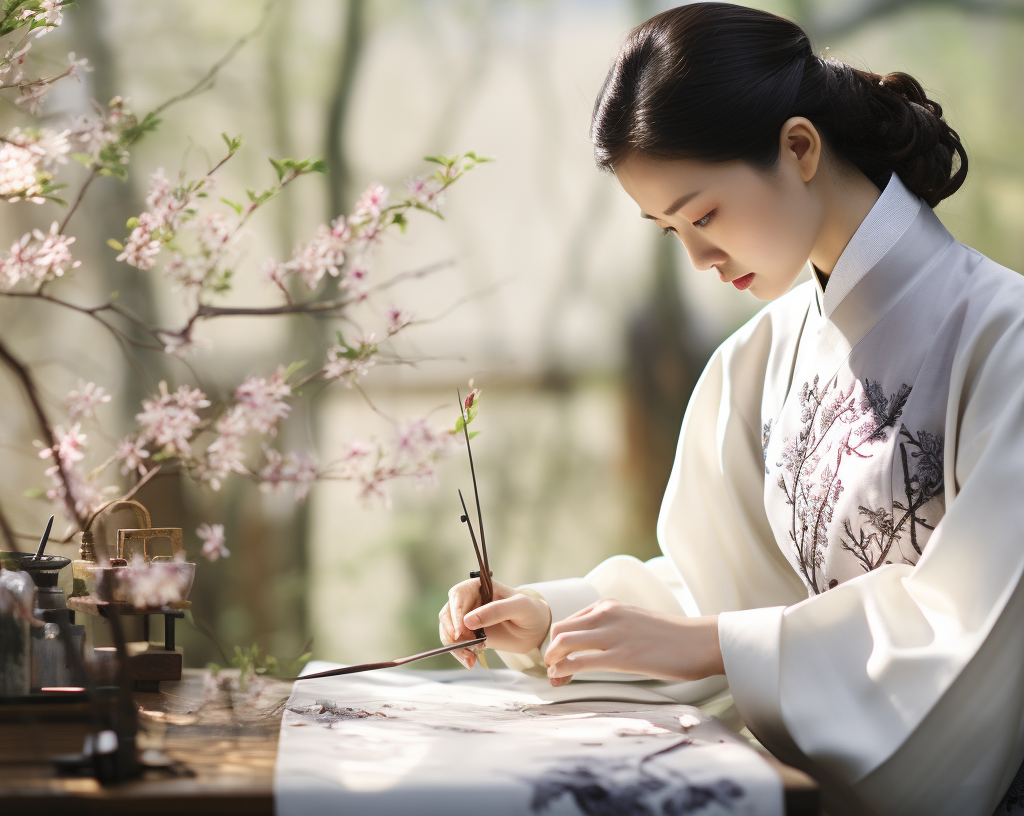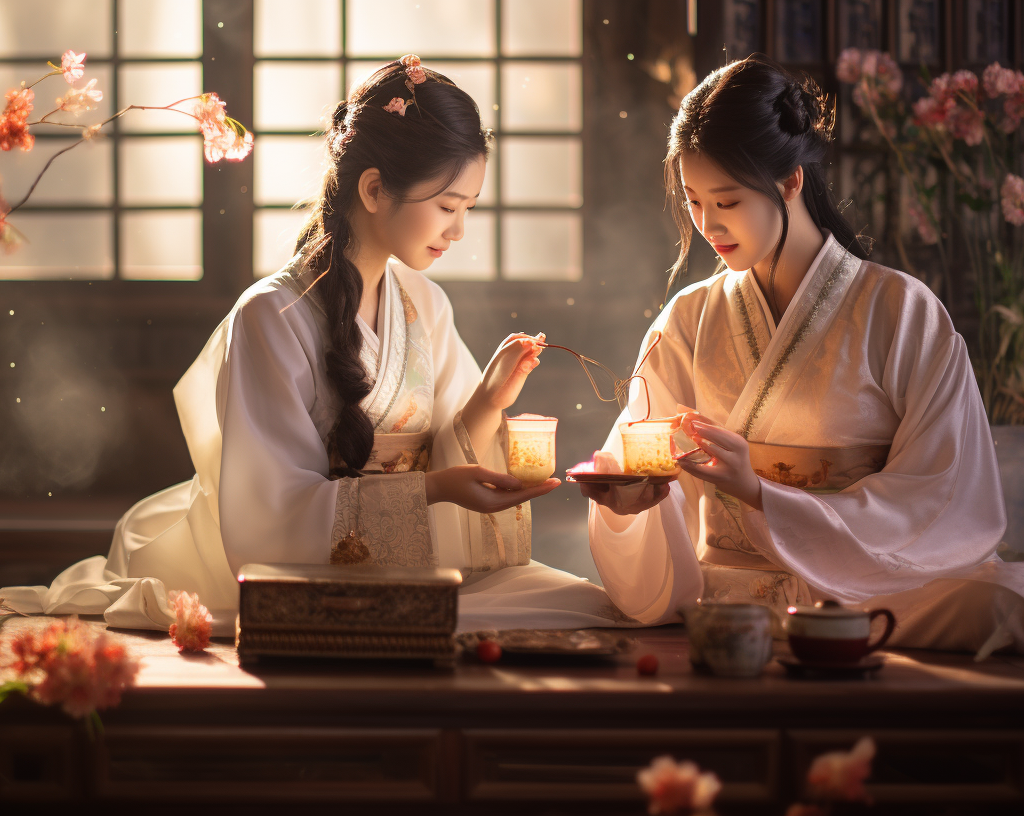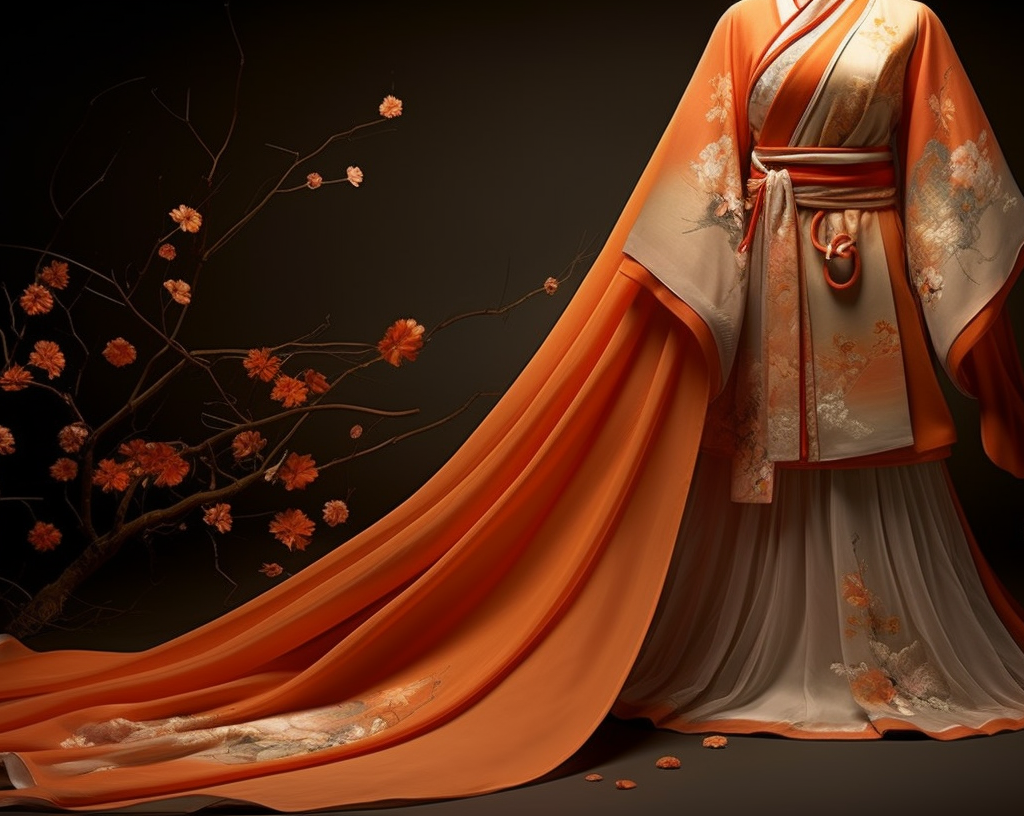The program “Nian Jin” at the 2024 CCTV Spring Festival Gala showcased the beauty of traditional Hanfu from various dynasties to billions of viewers. Among them, the exquisite patterns connected the vision of a prosperous new year and allowed more people to understand the essence of traditional Hanfu, which is supported by classical patterns and traditional fabrics. From the grandeur of the Warring States period to the elegance of the Ming Dynasty, this stage performance passed down the beauty of China’s thousands of years.
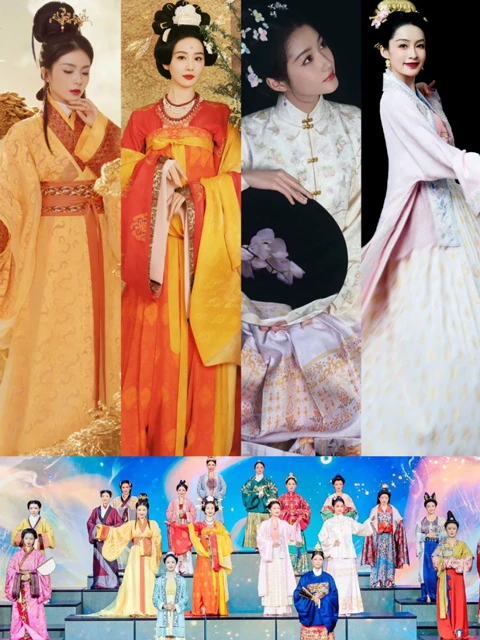
Liu Tao, Liu Shishi, Li Qin, and Guan Xiaotong led the singing of “Nian Jin”, and they represented the splendor of the Han, Tang, Song, and Ming dynasties, HANTIME will share the highlights in detail with us.
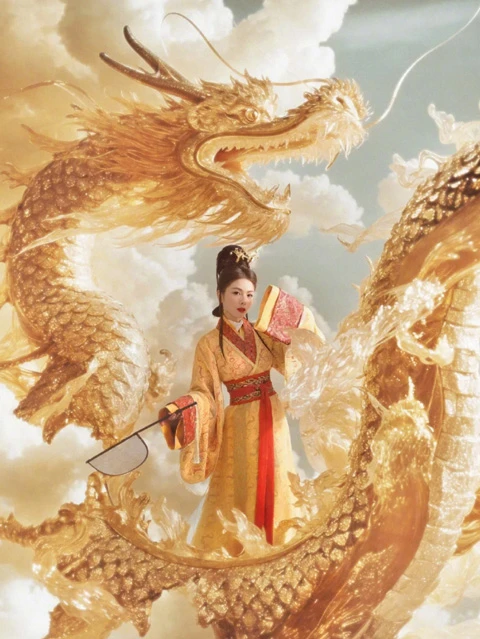
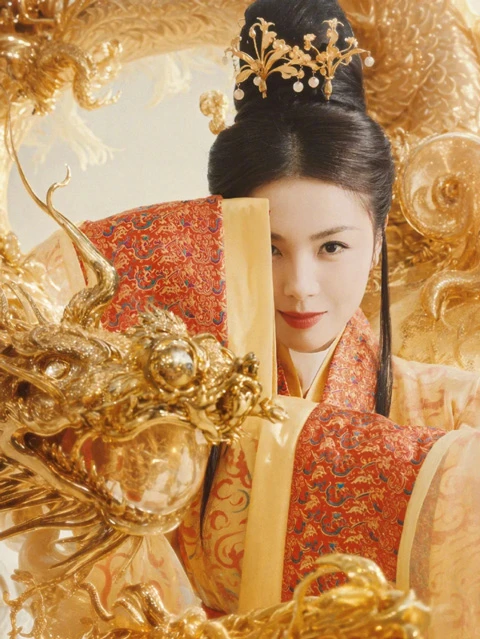
Liu Tao’s outfit consists of a Zhiju robe and a Gui Yi, with yellow as the main color, representing a solemn and grand emotional meaning. The pattern combines the patterns of the Chinese flowering crabapple and clouds, with a cape made of swallowtail gauze.
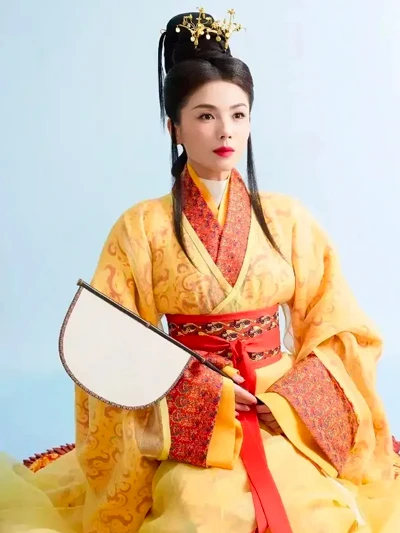
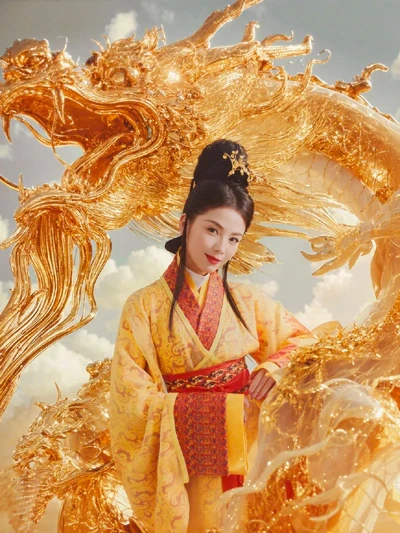
The hem of the robe is made of Changle Mingguang brocade, a Han dynasty brocade discovered in Loulan, Xinjiang. The pattern mainly features animal motifs, with the words “Changle Mingguang” symbolizing auspiciousness, intricately woven with rich colors.
The hairstyle is a hanging bun, exuding a graceful and elegant temperament, beloved by women of the Eastern Han Dynasty. The hair accessory is a restored version of the Eastern Han Dynasty gold hairpin, noble and lively.
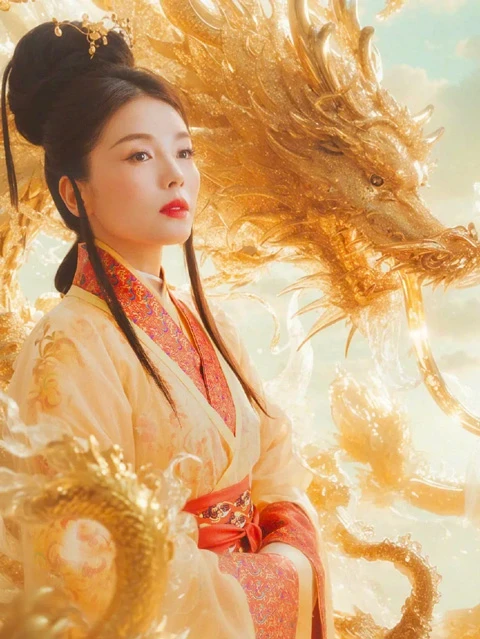
Liu Shishi’s attire is a Tang-style Shanqun, with Chinese red as the main color. The border is adorned with the phoenix and bird patterns, while the body of the garment features Dunhuang floral patterns, reflecting the late Tang Dynasty style.
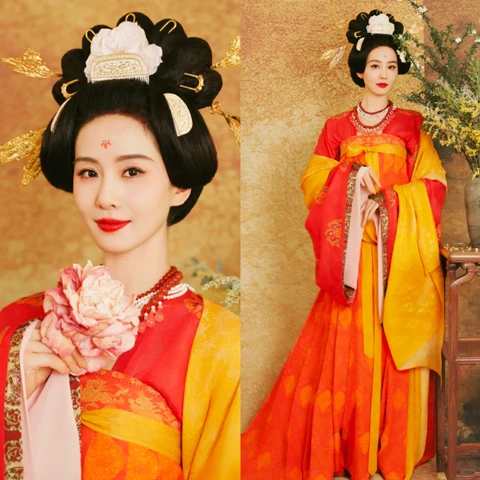
The Huadian falls between the eyebrows, the vermilion lips illuminate the jade face. The elaborate hairpins and hair combs, and the hairstyle of the Tang Dynasty’s clustered bun with a flower hairpin on the forehead, constitute a set of festive attire worn by Tang Dynasty women, drawing inspiration from the attire of the donors in Dunhuang grottoes, reflecting great magnificence.
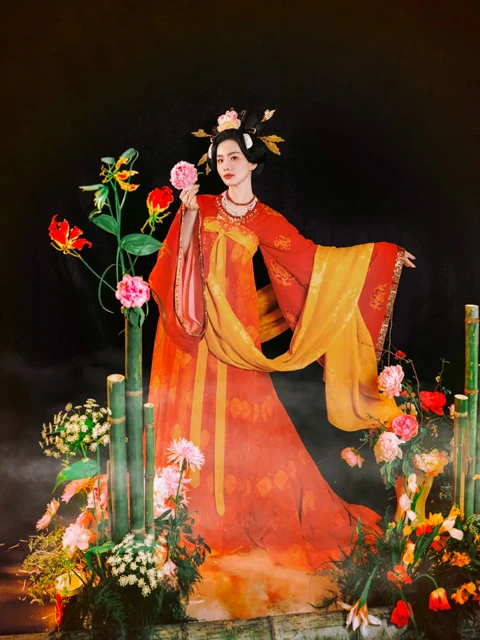
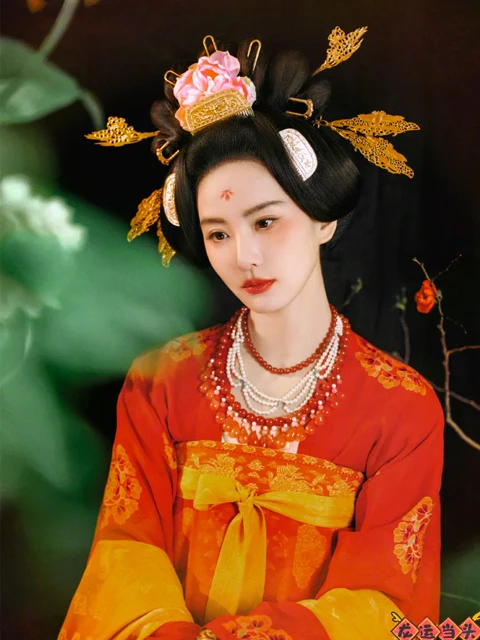
The prototypes of the floral hairpins come from the China National Museum and the Shaanxi History Museum, showcasing the grandeur of the Tang Dynasty.
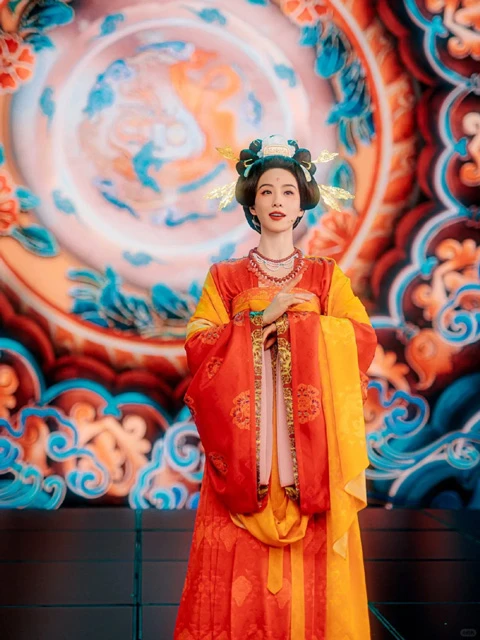
Li Qin’s attire is a Song-style Beizi and skirt in lotus root color, adorned with embroidered floral patterns. The Song Dynasty patterns often feature peonies, peonies, lotus flowers, and other decorations, displaying a delicate, elegant, and gentle appearance.
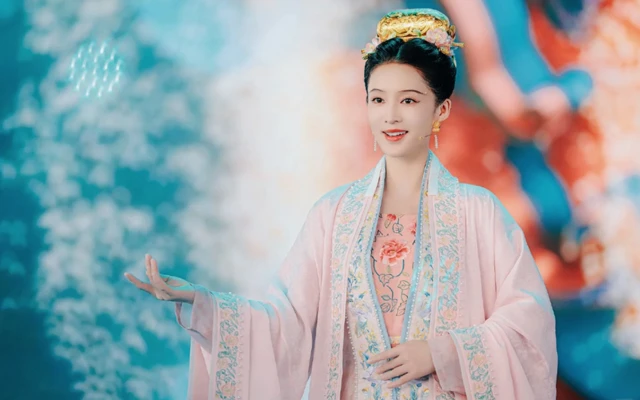
She wears a golden round crown on her head, a common hair accessory for Song Dynasty women. The makeup follows the unique pearl makeup of the Song Dynasty, fully showcasing the charm of the Song Dynasty.

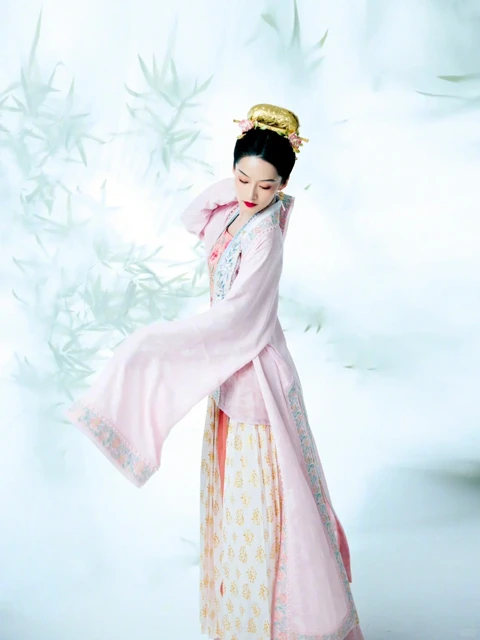
The skirt is decorated with camellia and Ruyi patterns, symbolizing auspiciousness and elegance throughout the year.
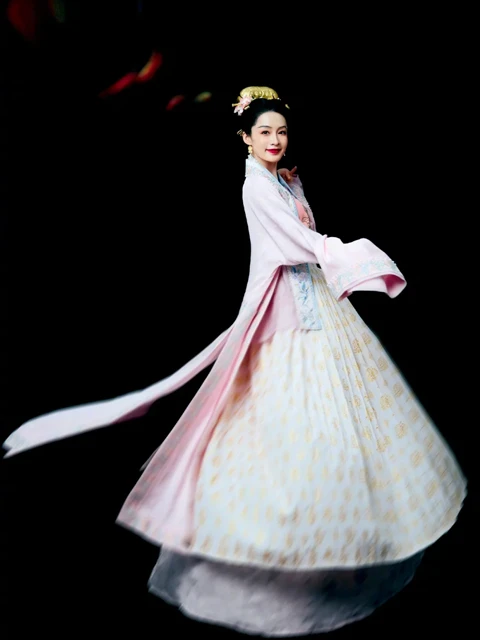
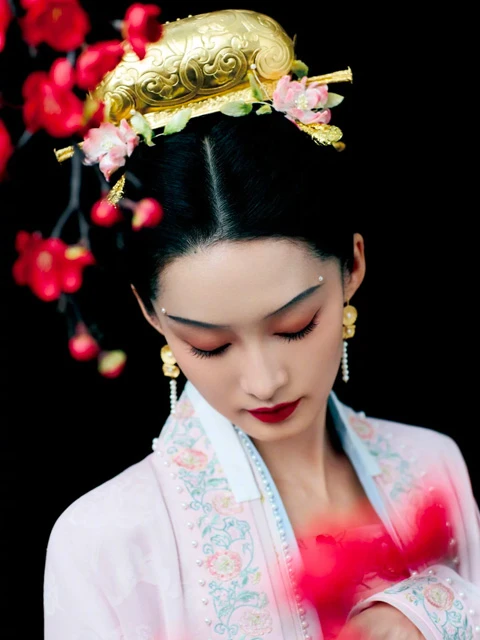
Guan Xiaotong’s attire is a mid-Ming Dynasty-style jacket and skirt with a vertical collar. The clothing is adorned with butterfly patterns and “everything goes well” patterns. The shoulder seams are delicately outlined, showcasing the sophistication and elegance of Ming Dynasty attire.
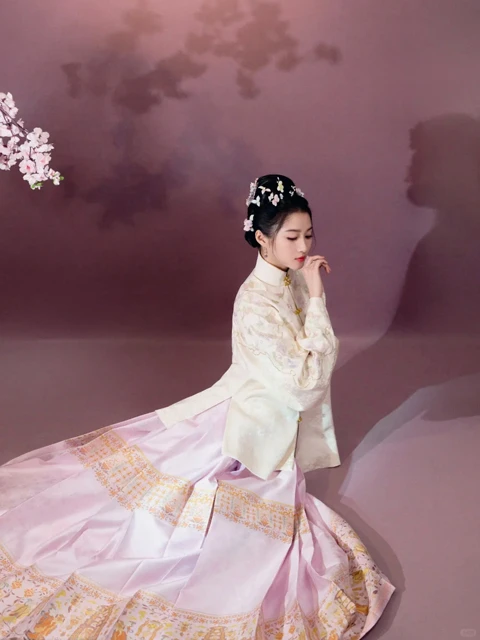
The hairstyle is inspired by the hairstyles in the paintings of landscapes and figures, with a slight hint of the goose tail style. The hair accessory combines butterflies and flowers in a fusion of new Chinese style, highlighting the youthfulness of the outfit. The makeup follows the transparent style of the Ming Dynasty.
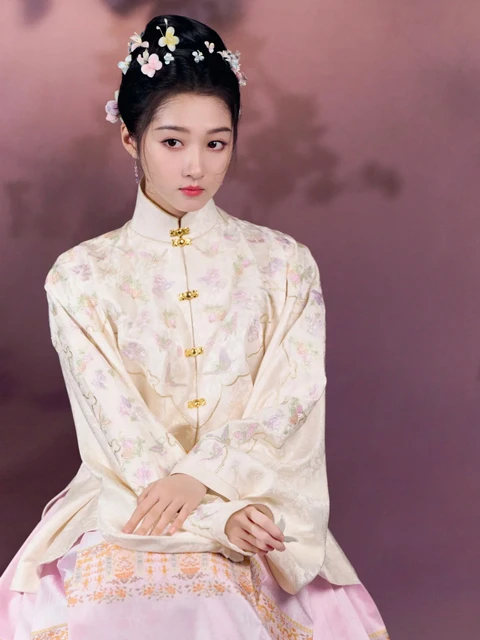
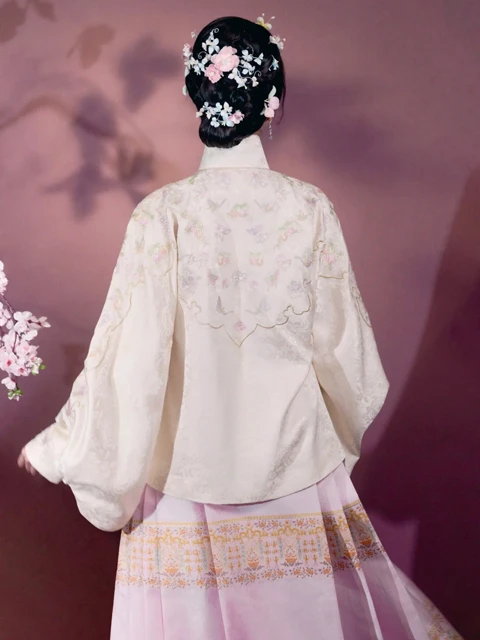
The base pattern of the Mamian skirt is a Ming Dynasty “five lakes and four seas” pattern, symbolizing harmony in all directions with five gourds and four seas conch shells. The skirt hem features patterns of “bumper harvest” composed of ears of grain, bees, and palace lanterns, as well as patterns of women appreciating lanterns, which are suitable for the festive atmosphere of the New Year.
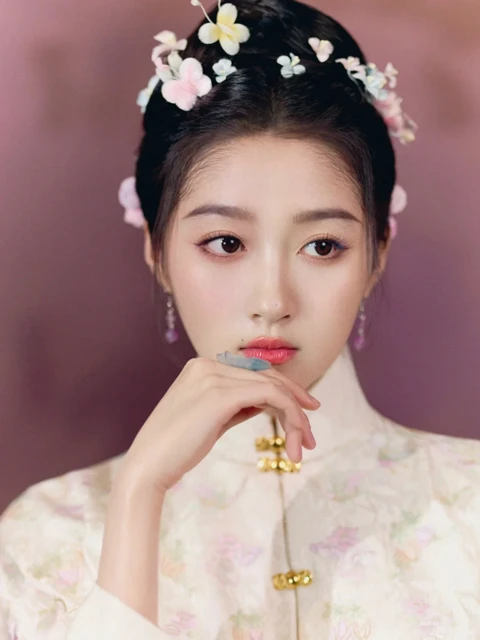
Using the splendor of brocade to symbolize the beauty of the year is the best wish of a country with a glorious history. Which hanfu do you like the most?
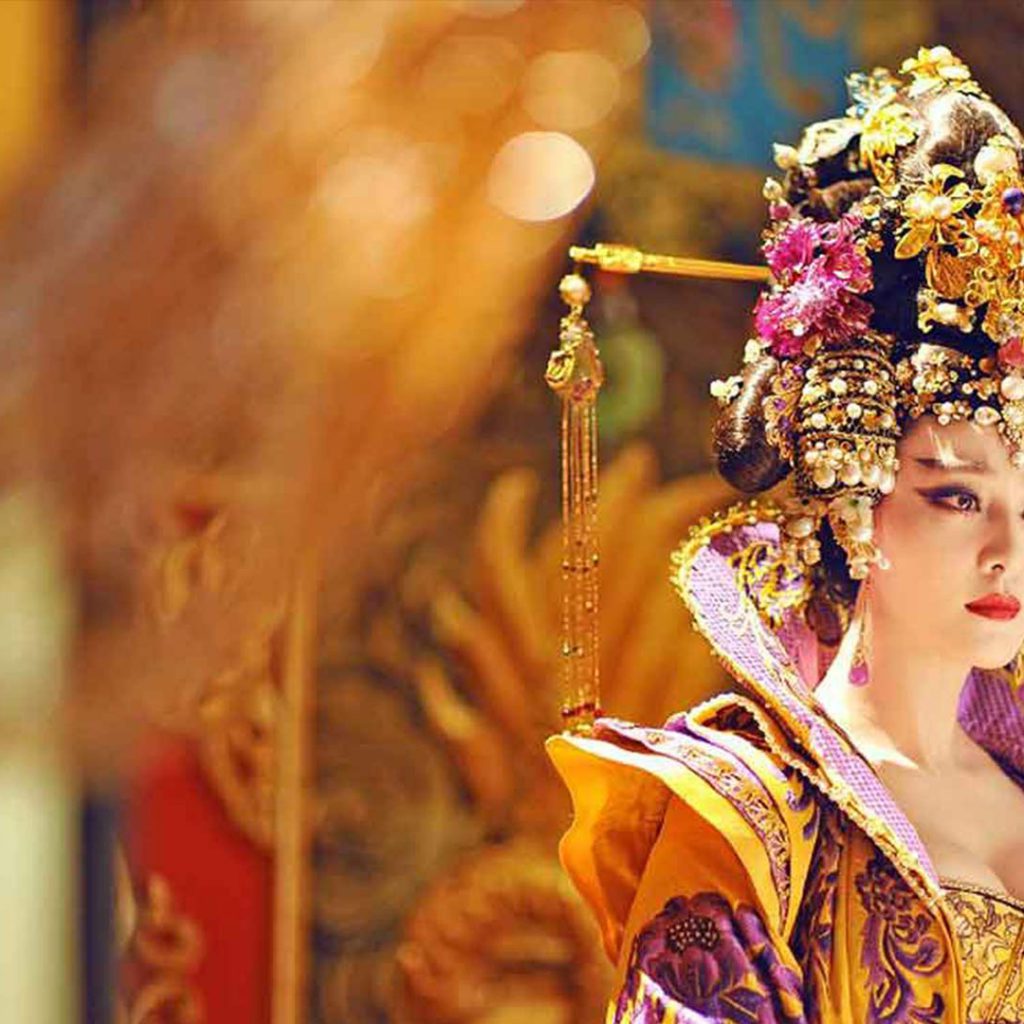

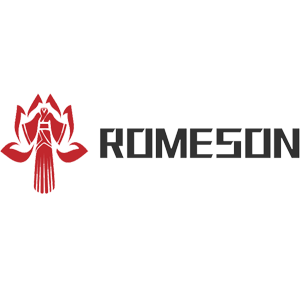
 Cart is empty
Cart is empty 


